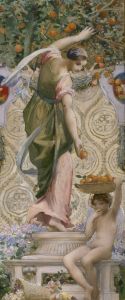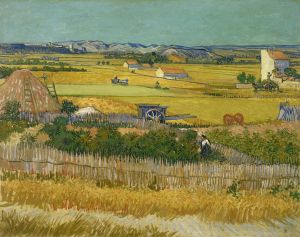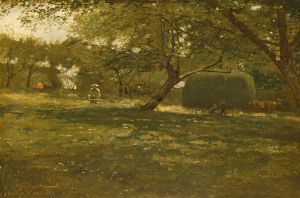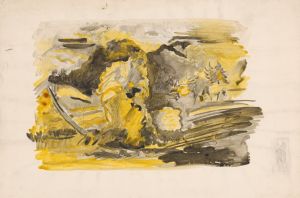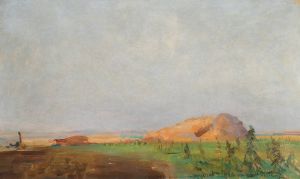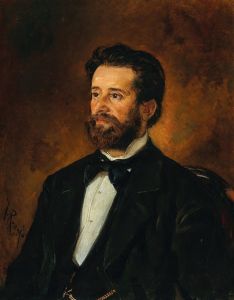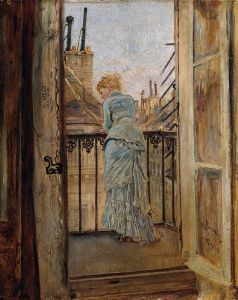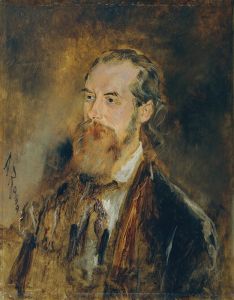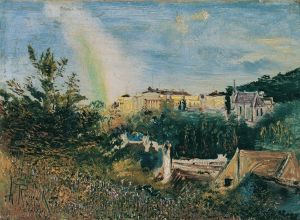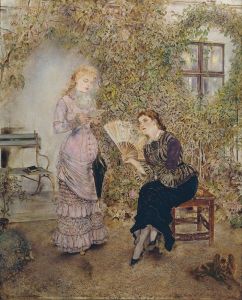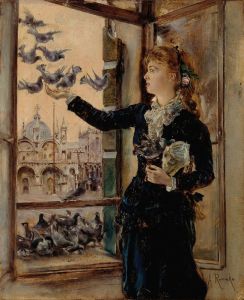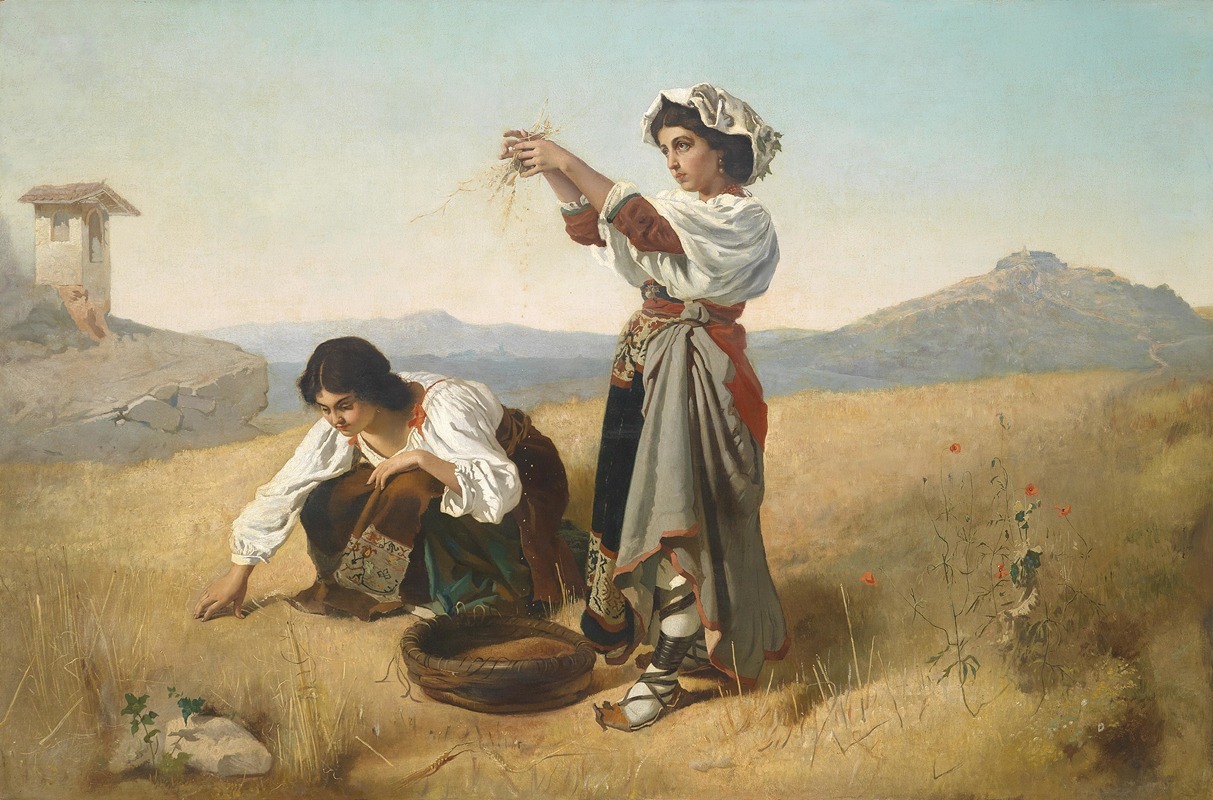
Nach der Ernte
A hand-painted replica of Anton Romako’s masterpiece Nach der Ernte, meticulously crafted by professional artists to capture the true essence of the original. Each piece is created with museum-quality canvas and rare mineral pigments, carefully painted by experienced artists with delicate brushstrokes and rich, layered colors to perfectly recreate the texture of the original artwork. Unlike machine-printed reproductions, this hand-painted version brings the painting to life, infused with the artist’s emotions and skill in every stroke. Whether for personal collection or home decoration, it instantly elevates the artistic atmosphere of any space.
Anton Romako's painting Nach der Ernte (translated as "After the Harvest") is a work by the Austrian artist, who is best known for his contributions to 19th-century art. Romako, born in 1832 in Atzgersdorf, near Vienna, was a painter associated with the transition between Romanticism and Realism, often incorporating psychological depth and emotional complexity into his works.
Nach der Ernte is believed to depict a scene related to rural life, focusing on themes of labor, rest, and the connection between humans and nature. The painting reflects Romako's interest in capturing the everyday lives of people, particularly those in agrarian settings. His works often include a sense of intimacy and a focus on human emotion, which may also be present in this piece.
Romako studied at the Academy of Fine Arts in Vienna and later in Munich, before traveling to Italy, where he was influenced by the works of the Old Masters. His style evolved over time, blending traditional techniques with a more personal and expressive approach. While Romako's work was not widely appreciated during his lifetime, he is now recognized as an important figure in Austrian art history.
Specific details about Nach der Ernte, such as its creation date, current location, and dimensions, are not readily available in public records. The painting is often mentioned in the context of Romako's broader oeuvre, which includes portraits, historical scenes, and genre paintings. His works are characterized by their unique use of color, light, and composition, which set him apart from many of his contemporaries.
Romako's career was marked by personal struggles and financial difficulties, and his art did not gain significant recognition until after his death in 1889. Today, his works are appreciated for their emotional depth and innovative qualities, and they are held in various collections, including the Belvedere Museum in Vienna.
Due to the limited information available about Nach der Ernte, further research would be required to provide a more detailed analysis of the painting.





